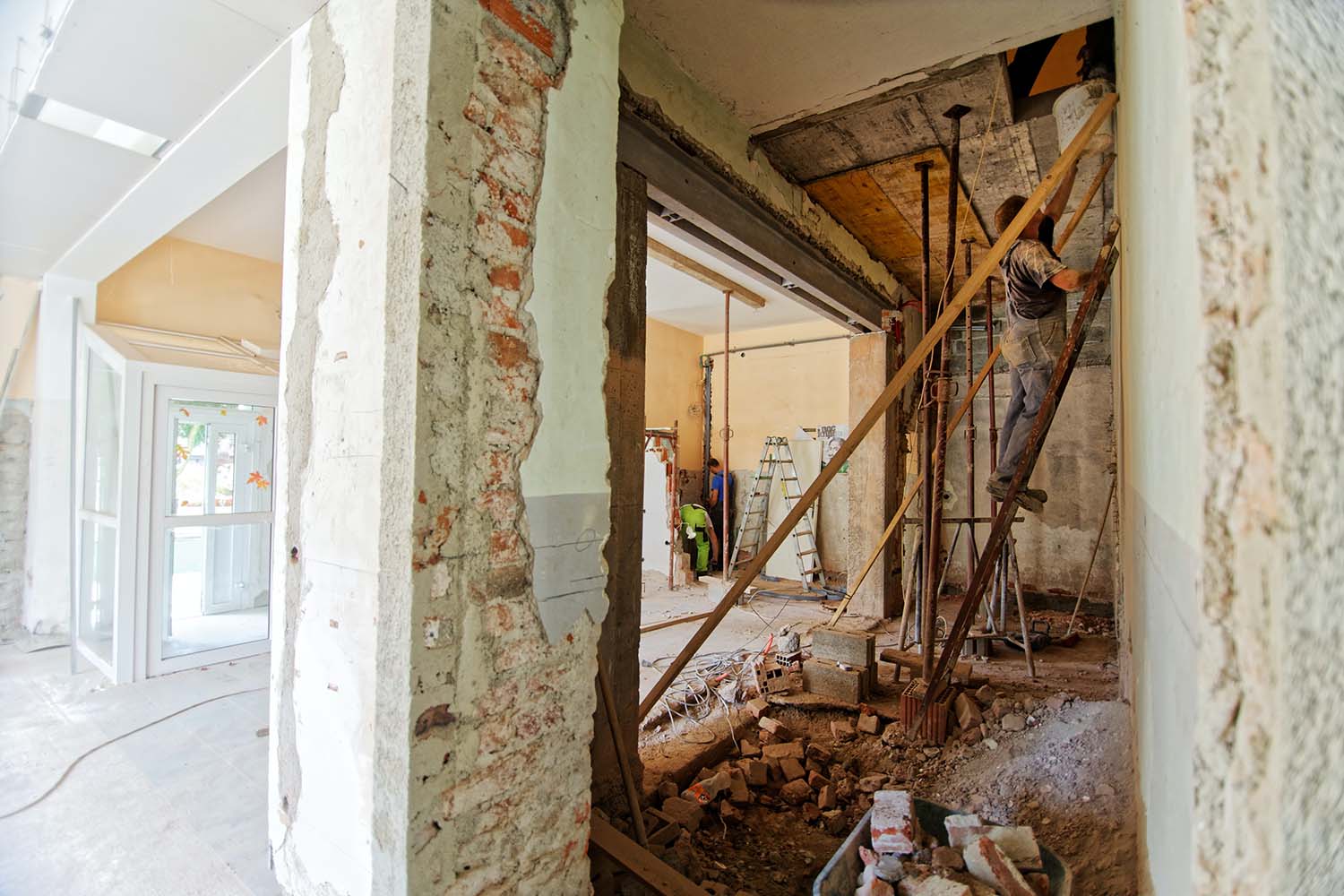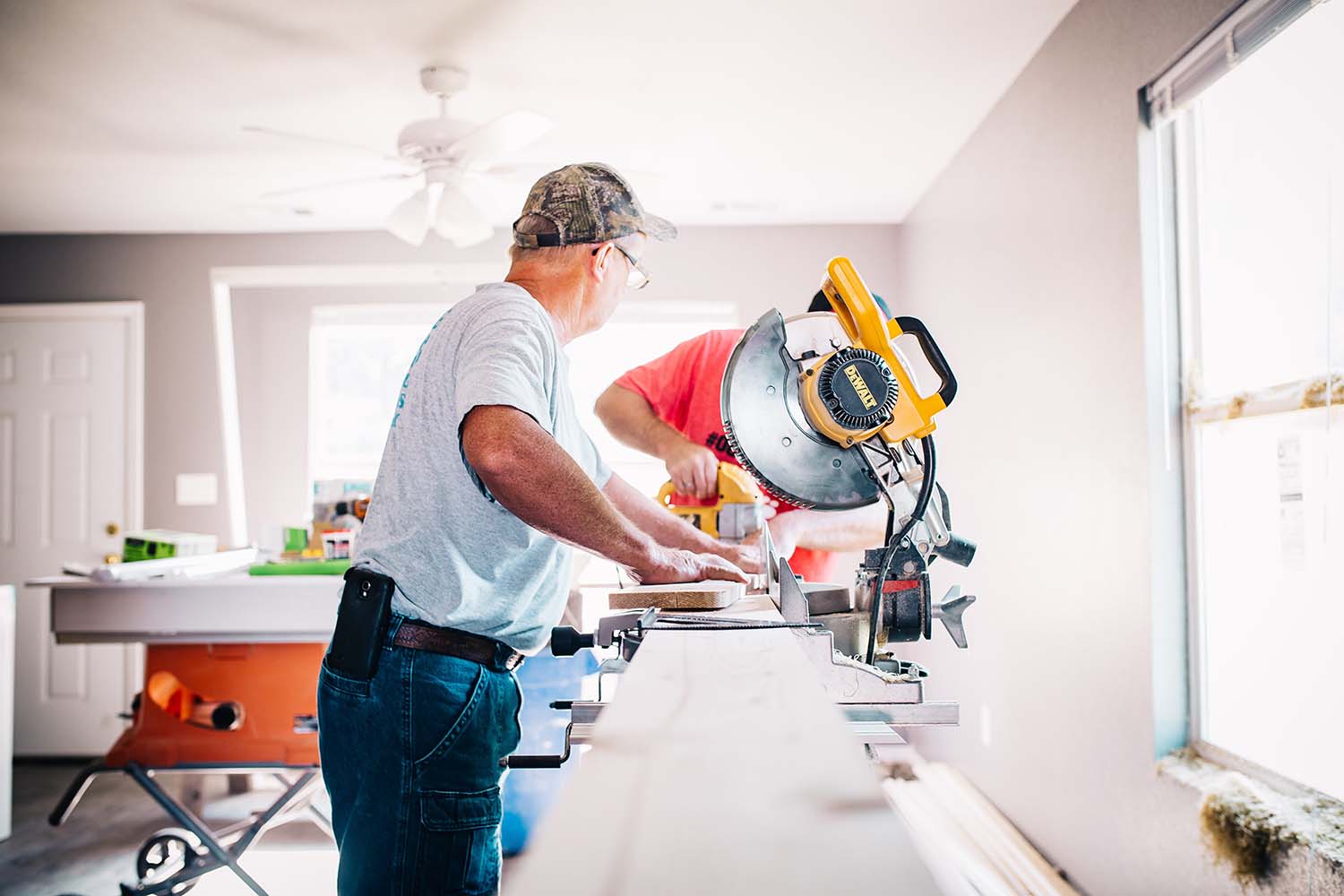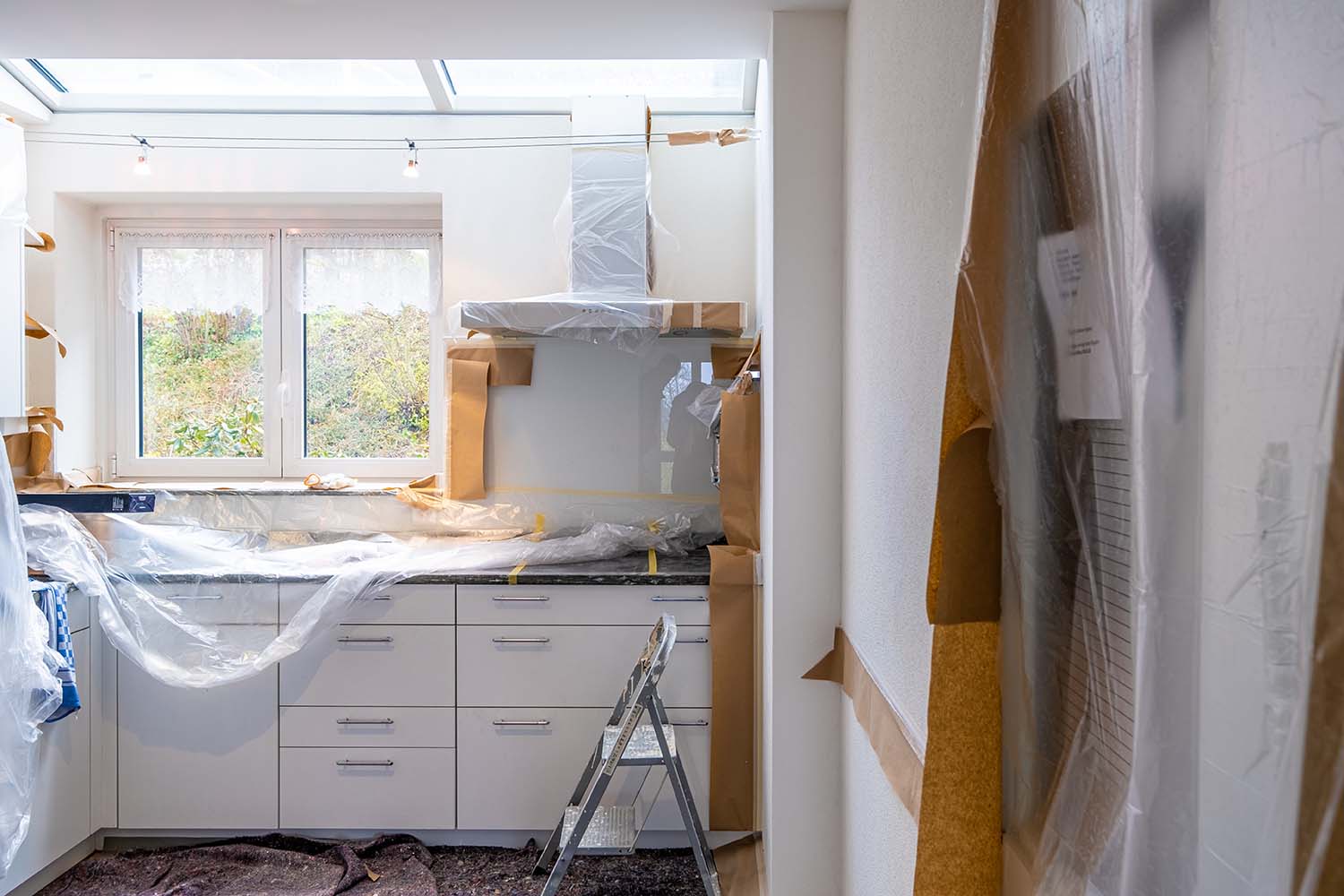If you’re planning a home renovation, you’re probably prepared for many challenges. Your project doesn’t have to be very hard: with proper preparation, it can go quickly and smoothly. But that’s it: preparation. Therefore, you’re going to want to put in plenty of renovation planning.
Of course, the project will require many investments, and we don’t mean just money. You’ll have to put much time and energy into the process to make your house look fantastic. Don’t make it all go to waste. Ensure you know what you’re doing. Check this article, and create your remodelling plan. Here, you’ll find several steps that’ll make this path easier. Read on, and finish your renovation in no time…

Photo, Cathryn Lavery.
Step 1. List Things That Need To Be Changed
The first step in making a renovation plan is to determine what you need to change. Make a list of things that you want to do. It can be anything from a new kitchen countertop to a new roof. If it’s the latter, then don’t forget about safety; you might consider, e.g. scaffold tower hire.
And don’t make this list too long, as it’s likely that you won’t be able to change everything. Your list can be short or long, depending on what you want. But how can you know what you need? Well, this is where you have to pay close attention to the condition of your home. You’ll want to look at the problems you have with your place. Some issues might not be that big, but they still can affect your life.
Step 2. Decide What Needs To Be Changed
Now that you’ve taken the time to write down everything that’s wrong with your home, it’s important to take a closer look at each item. This might take a while, but it’s a crucial step. If you don’t address these issues, you might not fully enjoy your home even after the renovation. Carefully consider what needs fixing, updating, or replacing. By doing this, you’ll ensure that nothing is overlooked and that your home will be a place of comfort and satisfaction once the work is complete. Taking care of these things now will save you time and frustration later, making the renovation process much smoother and more rewarding.

Photo, Annie Gray.
Step 3. Gather Information Before Starting
Now that you know what changes you want, it’s time to gather some detailed information on what the project will cost in total. This will help you set a realistic budget and allow you to plan for potential cost overruns. Although gathering this information can be time-consuming and challenging, doing it now will prevent costly mistakes and wasted money down the line.
One of the best ways to gather the necessary information is to get quotes from various contractors or businesses that can assist with your project. Yes, this process will require effort and patience, but investing the time now will pay off later. For example, if you want decorative outdoor corbels to add character to your home, get quotes from a few different companies. This will give you an idea of the average cost and allow you to make an informed decision when it comes time to purchase them.
Step 4. List Tasks and Decide Order of Importance
If your renovation planning is going well, you should now have a detailed set of tasks that need to be completed for your home renovation project. The next step is to determine the priority of these tasks. Which ones will be the top priority? Which ones can come second? And which ones are the least important? Deciding the order of importance for each task is crucial, as it will allow you to move forward with your project in a structured and efficient manner. By prioritizing tasks, you can ensure that the most critical aspects are addressed first, keeping the renovation process smooth and well-organized.

Photo, immo RENOVATION.
Step 5. Take an Inventory of Your Current Assets and Resources
You won’t want to start your project without knowing what assets you already have. For example, if you want to get new kitchen cabinets, you might need to order them from a supplier or contractor. But if you already have some in storage, then you can just use them instead of spending money on new ones.
You should take inventory of all assets and resources that you already have inside your home. This will allow you to save money and materials, and make your project go faster and smoother. We know this is going to be a challenge if you haven’t done this before, but don’t worry; we’ve got a solution for you. Read on and find out what it is.
Step 6. Create a Budget and Stick To It
Creating a budget is very important if you want your project to go smoothly from start to finish. It will help you make wise decisions when it comes to spending money on the things that are important and need to do first.
You should make a budget based on the information that you gathered earlier in step 3. There are many apartment hacks on the internet that can help you with creating a budget.

Photo, Thayran Melo.
Step 7. Assess Risks and Set a Contingency Plan
Now that your budget is set up, it means that everything comes down to execution. You might run into problems along the way, so make sure that you have a contingency plan in place. If something bad happens, you don’t want to have to go back and fix everything again; this would take time and money that could be spent on something else.
You want to ensure you’ve thought of everything when talking about renovation planning. Consider a ‘building a house checklist’ and consider everything needed. Do you have a windows contractor? A siding contractor? Roofing contractor? Someone to correctly install aluminium scaffolding? Failure to hire the right people at the right time can put your plan off course. So, make sure to assess the risks beforehand and come up with a plan B so you can deal with them when they happen.
Conclusion
So now that your main tasks are complete, it means that your home renovation project is over. Well, this might be true if you aren’t one of these people who start these projects but don’t finish them because they lose interest or something else in their life distracts them. Make sure to focus on what you started and don’t get distracted by other things, and you’ll be able to live in a much more beautiful house.








